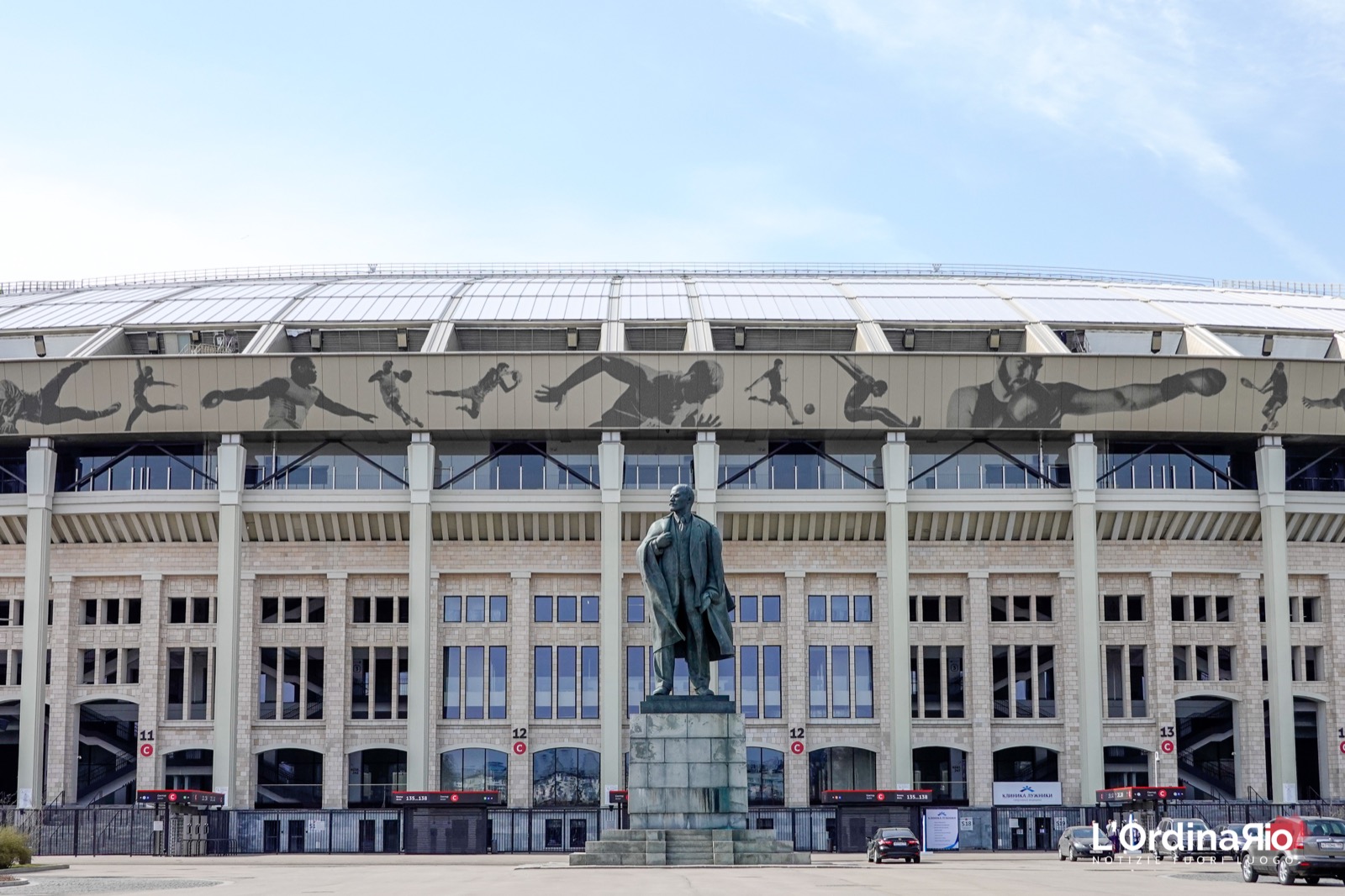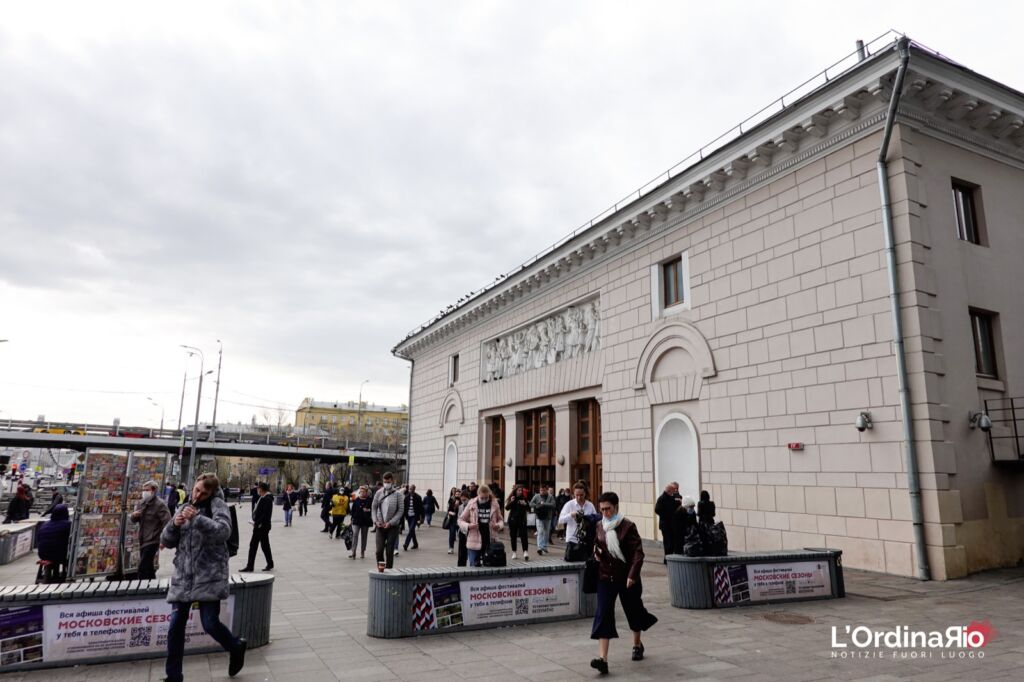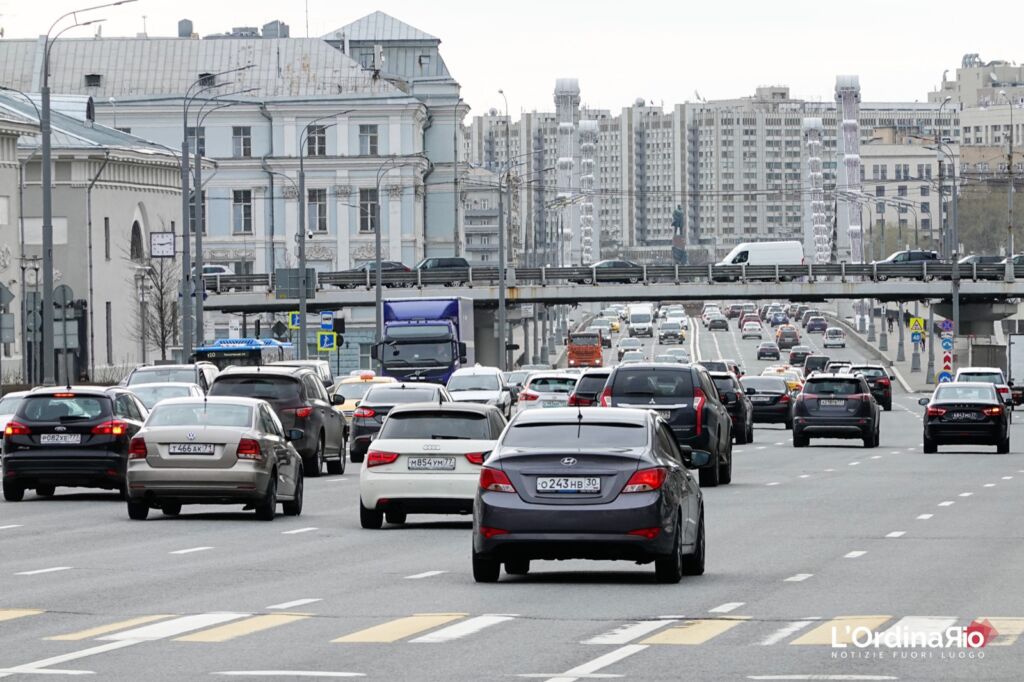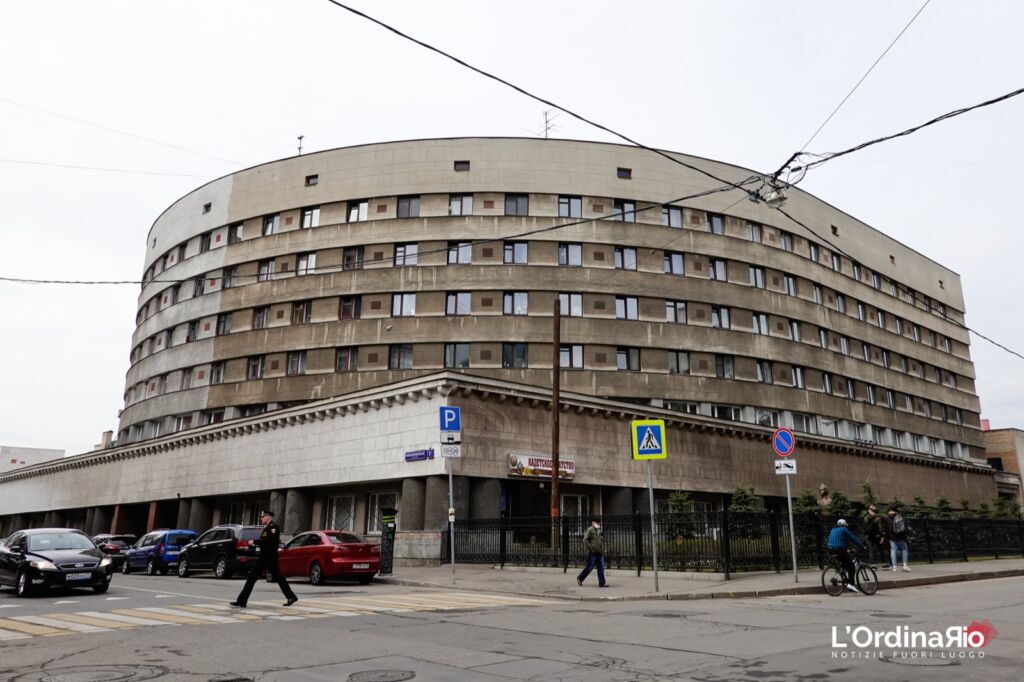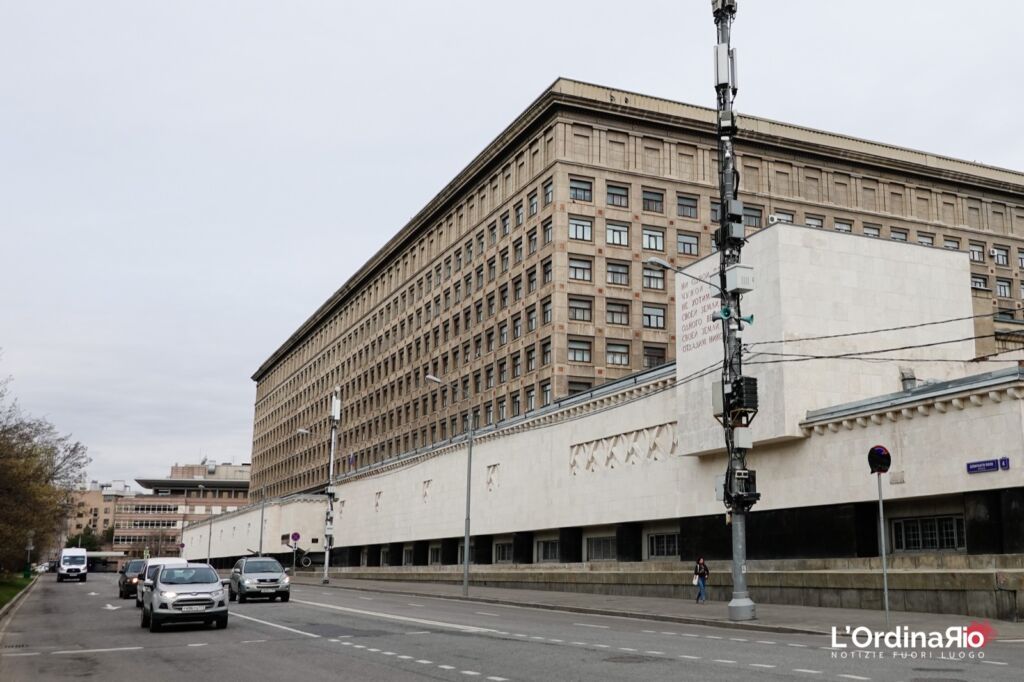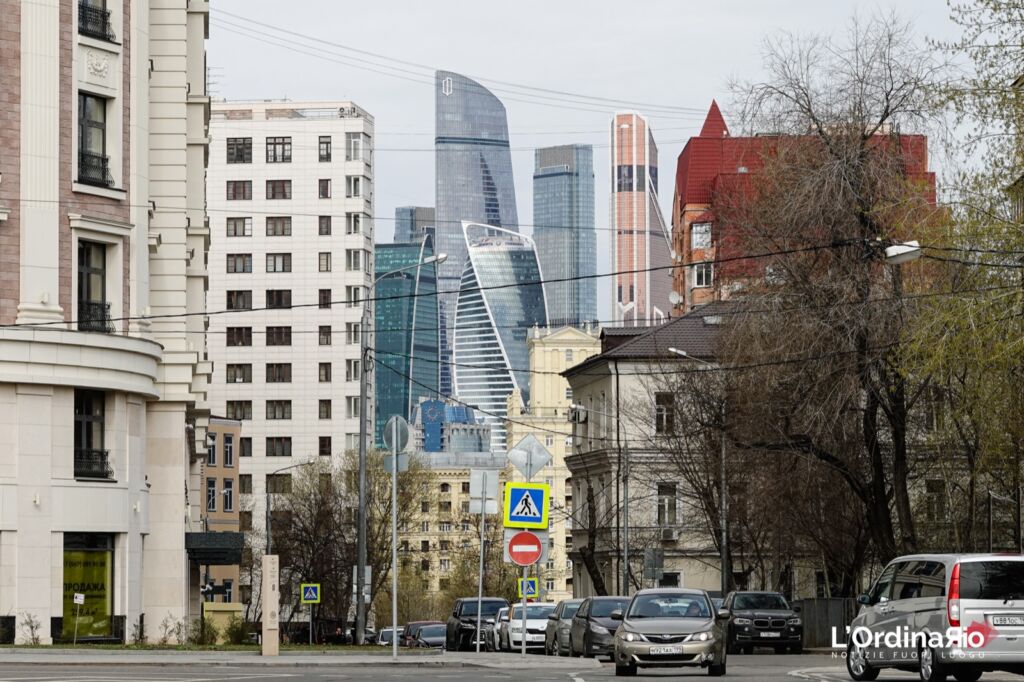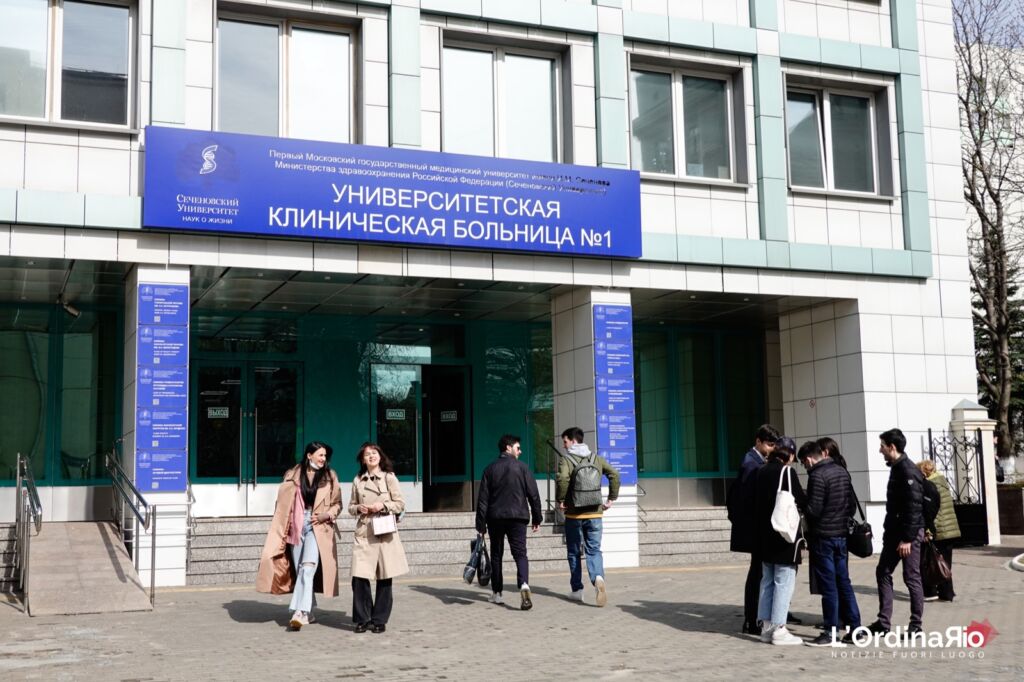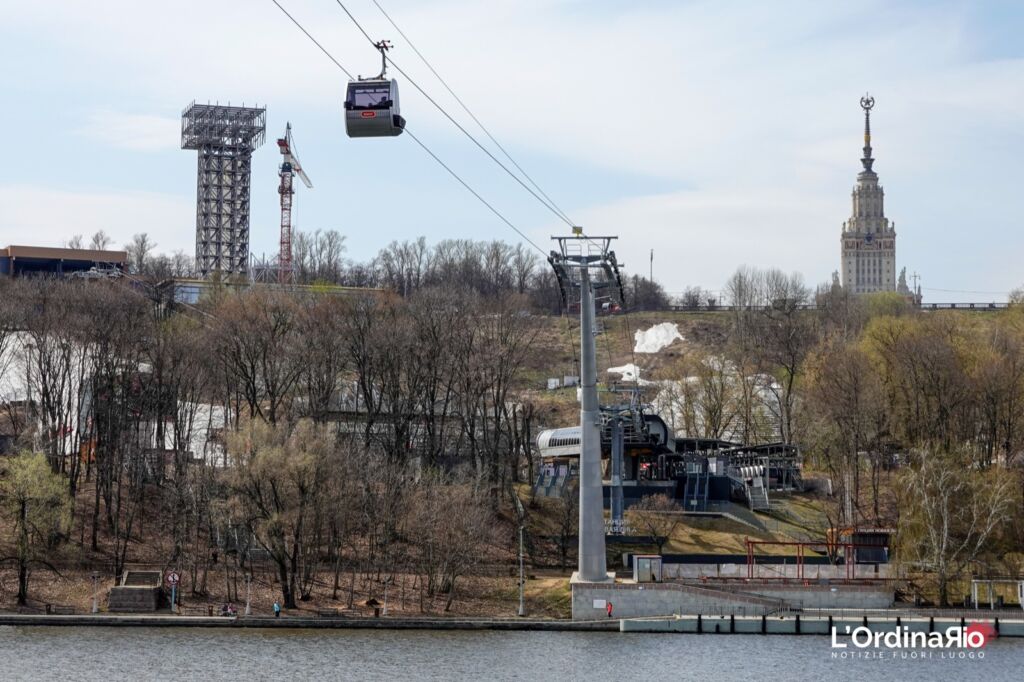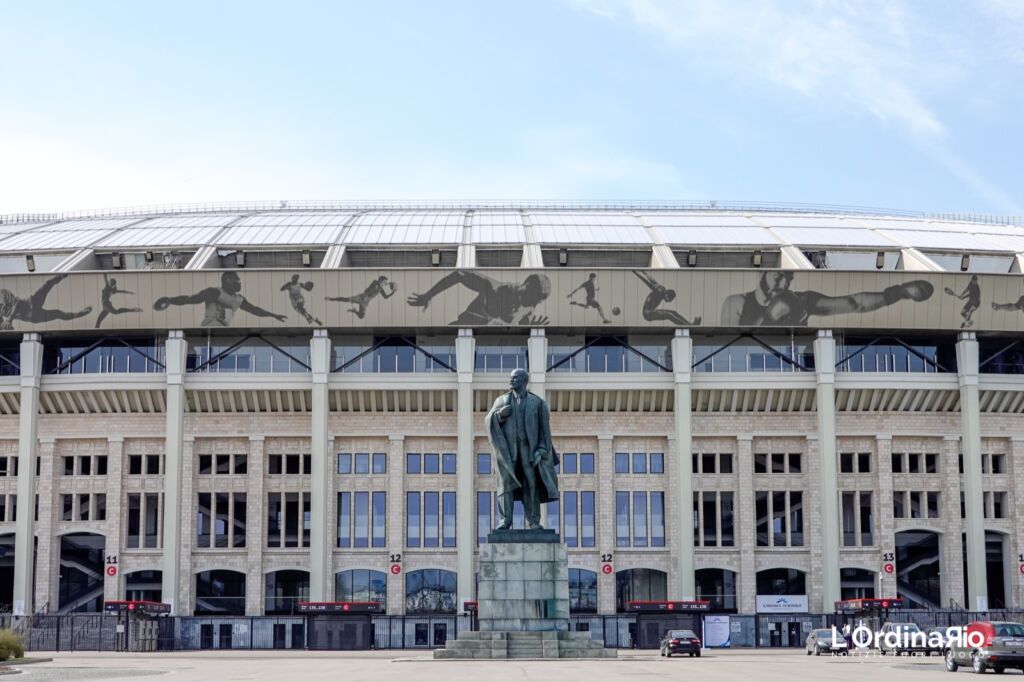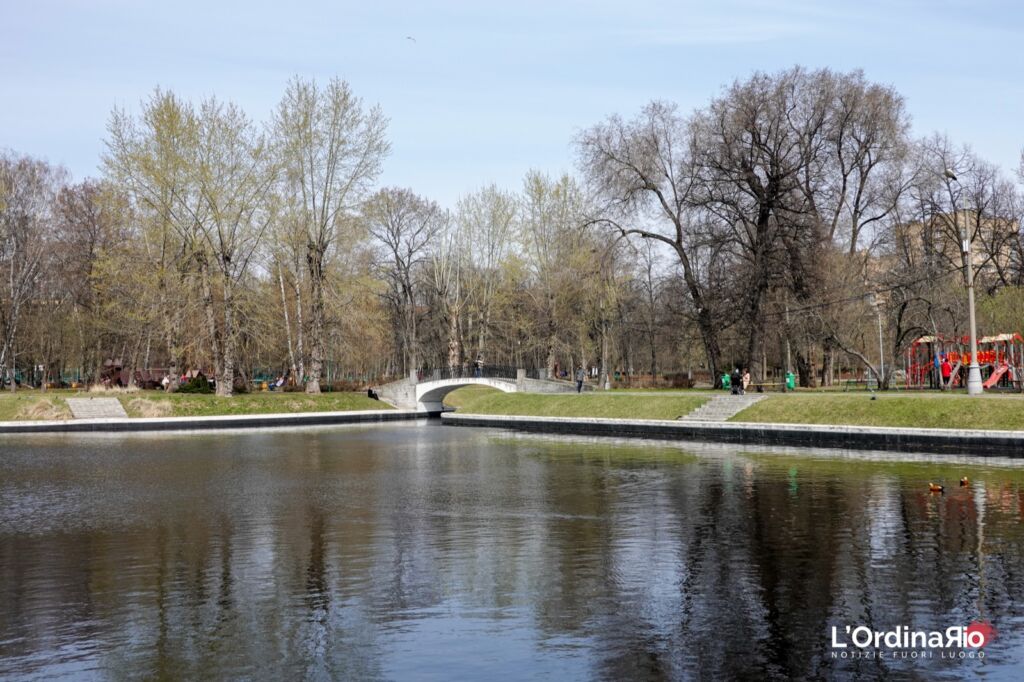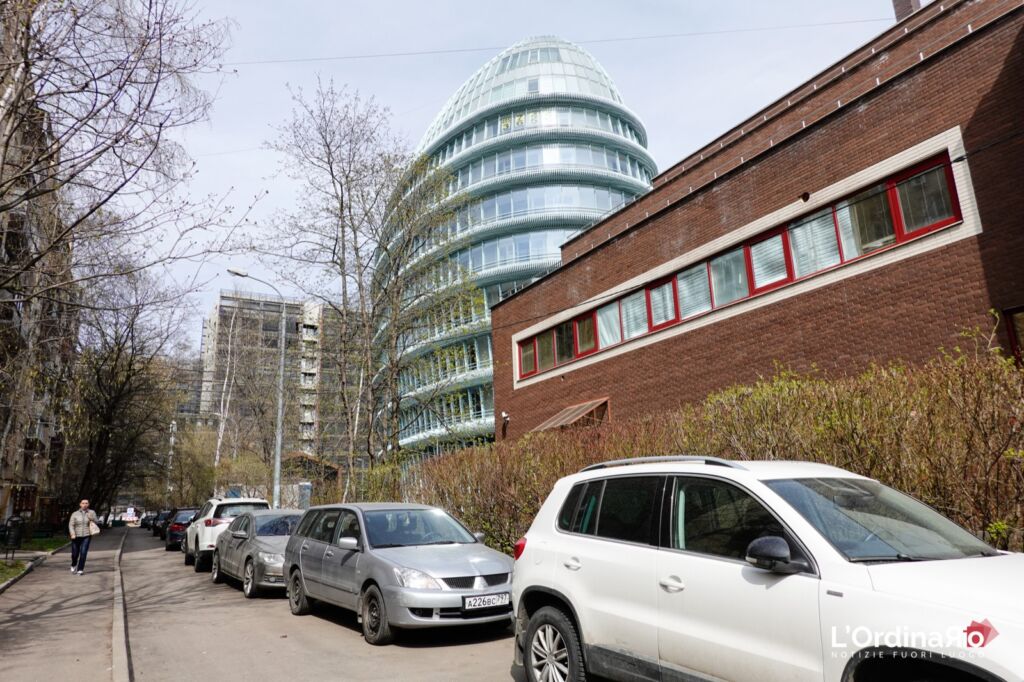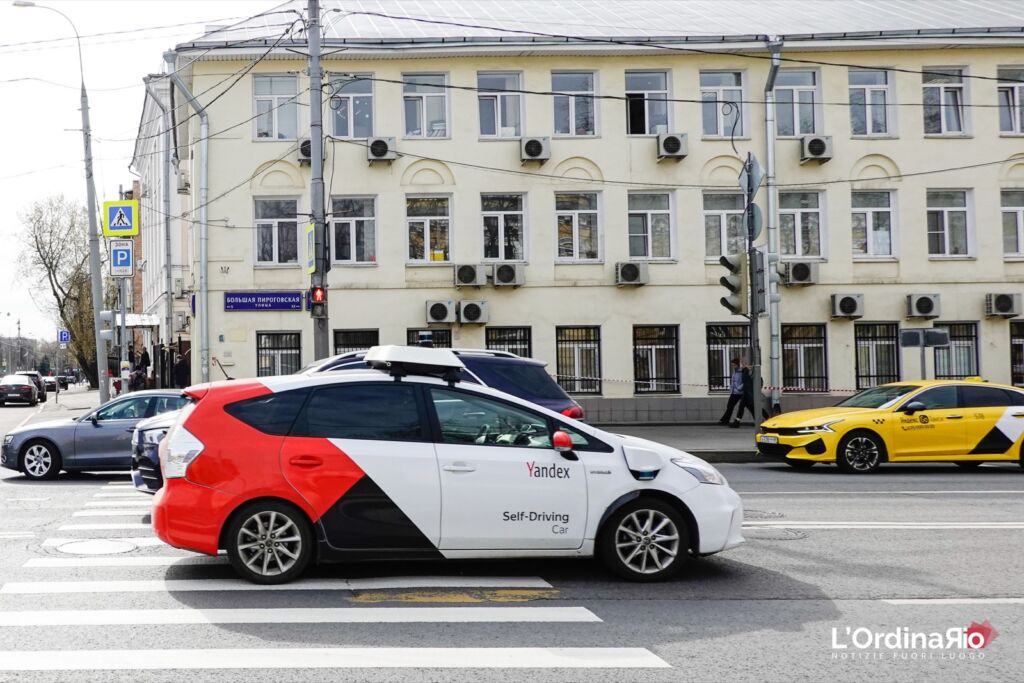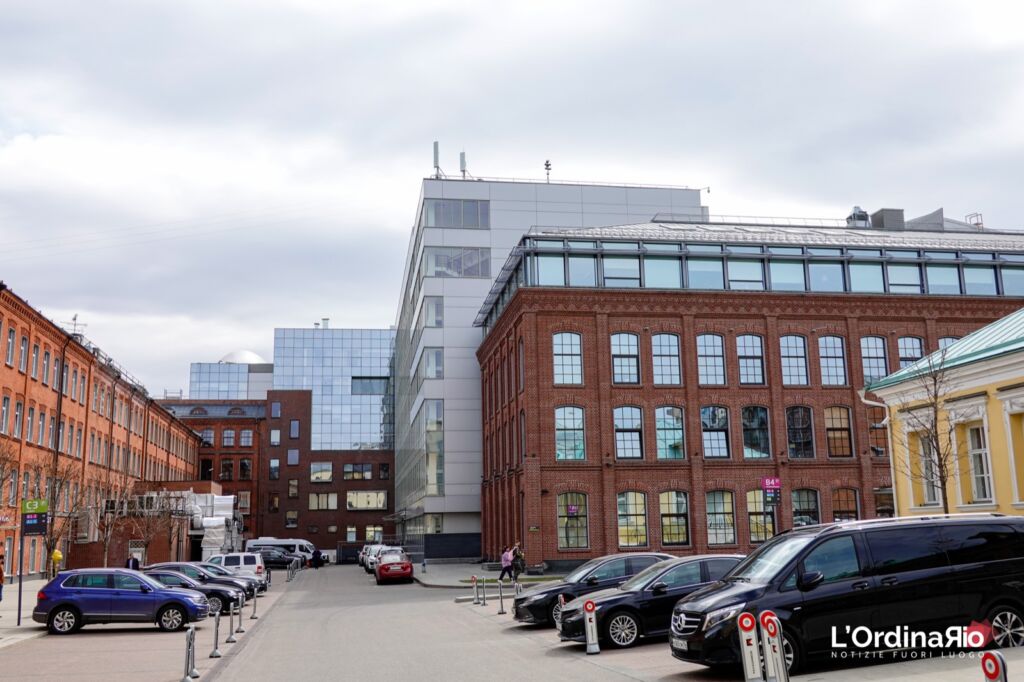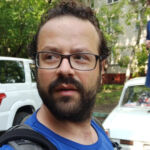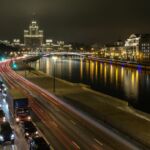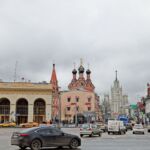Characteristics
Length: 13km
Duration: 3:00 hours
Best time: all day and night
Route type: circle in the city
Best season: all year
Metro: Red/Brown line
Station: Park Kultury
We will walk on a peninsula formed by the bend of the Moskva River. This area of Moscow is completely bounded by the slow and steady waters of the river that meanders through the city. We will pass from the most important medical centers in the Luzhniki sports park to the Yandex headquarters.
At nine in the morning, Park Kulturi station, at the intersection of the red and brown lines, is extremely busy. The most important medical and technological research centers are concentrated in this area of Moscow, as well as monasteries and historic places of worship. The subway cars carry a continuous flow of visitors every 40 seconds, this is the frequency of trains during rush hour. The escalators fail to dispose of the traffic and the external doors remain constantly open. I leave the main exit and find myself on Krimsky avenue, the inner ring road that wraps around the city center. I need a coffee, there is a wide choice here and I try to observe which places offer ceramic cups for those who sit down and not just the terrible paper cup that cools the coffee in seconds. I sit down, a few minutes to define the route and start the walk.
The medical and scientific research district
I walk along Krymsky Val boulevard for a few minutes and then turn left to enter the neighborhood. In a short time I find myself in front of a curious 6-floors building in reinforced concrete, circular, similar to a fortress with small red squares under each window. I observe it and while I take some pictures a gentleman stops me and warns me that this is a “strategic object” and that I cannot take pictures. Actually, there is no ban, but it often happens to me that very kind people who have lived most of their lives in the USSR warn me of the ban, a cultural remnant that is fading. I discover that it is the Ministry of Defense of the Russian Federation, architecturally very interesting, a mixture of new classicism and the mighty brick style desired by Stalin in his reconstruction of the new capital.
I pass the park in front of the building, which is very run down and in need of renovation, and I find myself on Bolshaya Pirogovskaya Street. This area is totally dedicated to hospitals and medical research centers. Palaces of Tsarist architecture or modern buildings covered with mirrors alternate between the various medical specialties. About one kilometer totally dedicated to medicine. Each building a faculty of the Sechenov University, each building a different hospital branch, with a museum entirely dedicated to the history of medicine in the center.
The ancient monastery of Ivan the Terrible
I keep walking along Bolshaya Pirogovskaya avenue, in front of me I start to see red towers with white walls about 20m high. This is the Novodevichy Monastery totally covered with scaffolding, many workers are busy restoring its old splendor. The Novodevichy Monastery in Moscow was founded in 1524 by Ivan III (known as Ivan the Terrible) in memory of the annexation of Smolensk (1514). Thus began the formation of the Russian Empire which will continue to expand to become the largest empire in the world under the Romanovs. The monastery is now included in the UNESCO heritage, it is one of the few places of worship that continued to operate, with minimal activity, even during the USSR. The churches are closed for renovation, but a walk inside the gardens allows you to closely observe the very high bell tower and the main building with its 5 golden domes. Access to the monastery is free, you only pay a few euros if you want to visit the museum of icons. I then head towards the Moskva River along the walls and pass under the railway bridge, then the subway and then the third ring highway, the ‘middle’ ring road of the city of Moscow
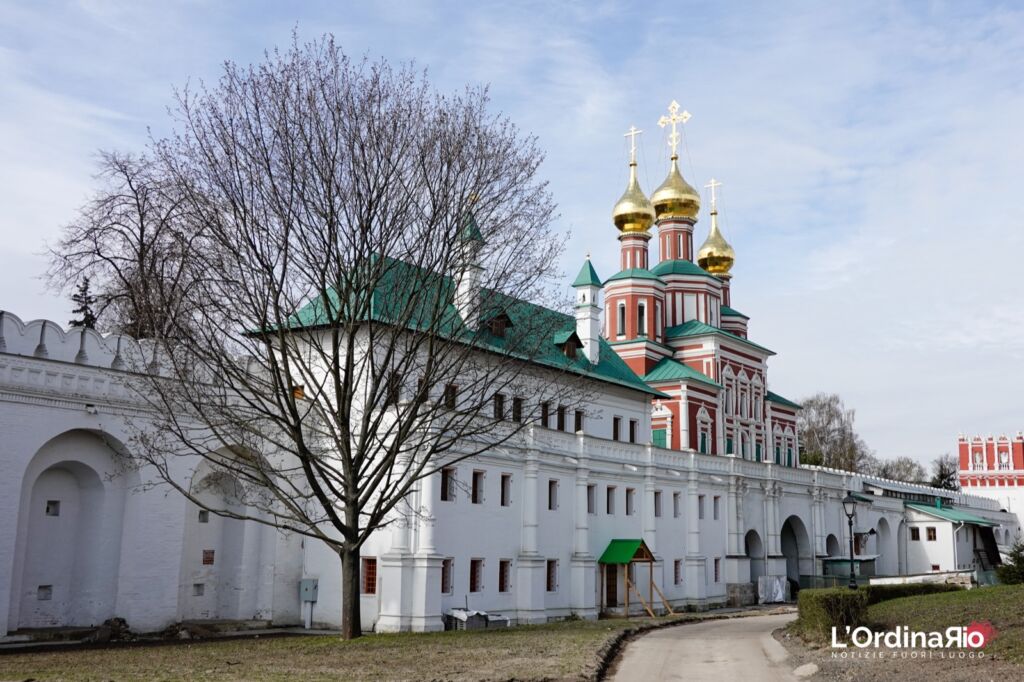
Entrance of the Monastery Novodevičij 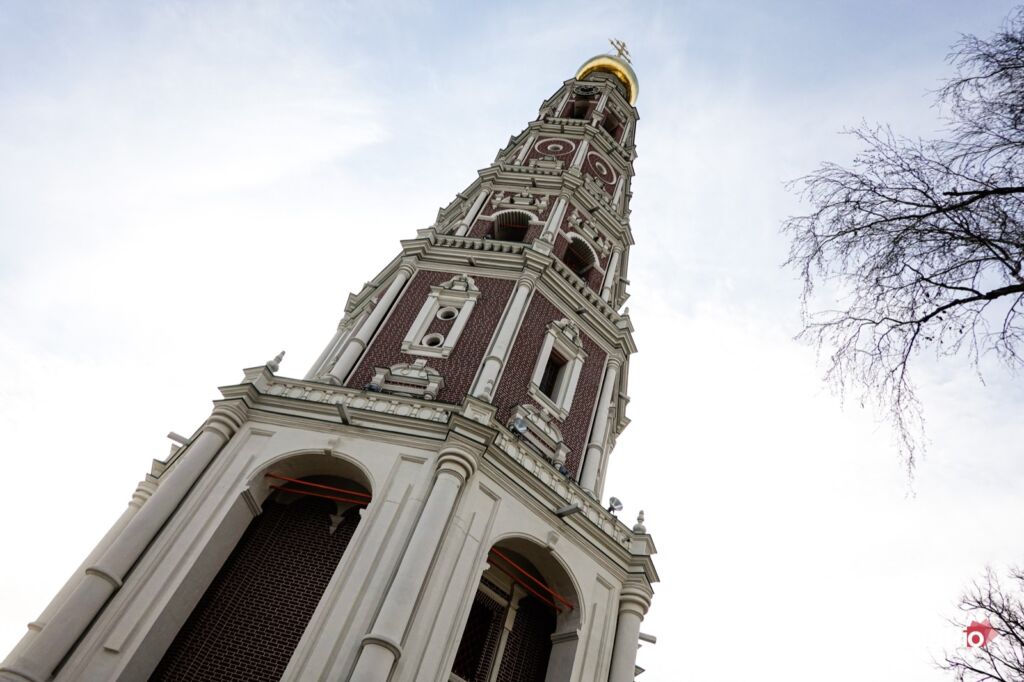
The bell tower of the Monastery Novodevičij 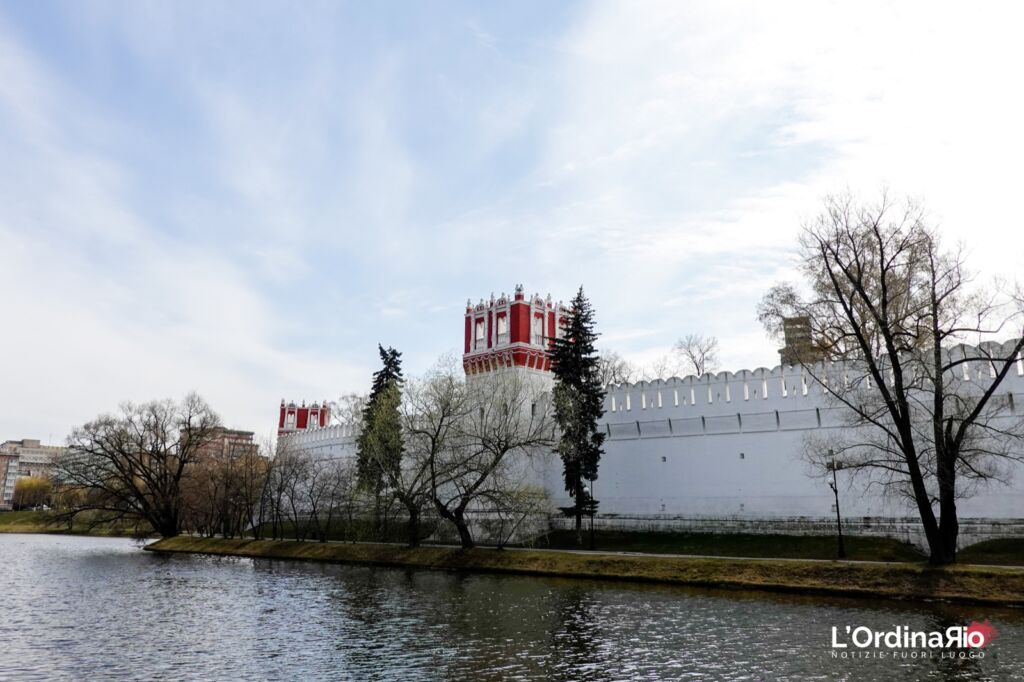
Walls of the Monastery Novodevičij
Luzhniki, the center of sport in Russia for over 60 years
The sports park is completely fenced, to enter by car you need a permit, while on foot or by bicycle access is free. Many people come to train attracted by the numerous equipped areas and the long tartan tracks that allow a much more comfortable ride. The Luzhniki sports complex was inaugurated in 1956 with the opening of the stadium dedicated to Lenin. Since then, every major sport event in Moscow, and in Russia, has taken place here. There are countless world championships of different disciplines, the Moscow ’80 Olympics saw the main competitions in these stadiums and arenas, up to the FIFA 2018 World Cup. There are several buildings in the park, one for each type of sport : basketball, wrestling, boxing, volleyball, football, martial arts, hockey, gymnastics, tennis, water sports, athletics… The latest construction being completed is a winter sports facility. Yes, they are building a small ski resort with downhill slopes and a gondola to cross the river. Ski facilities already existed on the hill beneath the Moscow State University (MGU), including a ski jump, which have been dismantled over the years and are now coming back to life. Are there other cities in the world where you can go skiing on the subway.
Yandex, Google’s competing technology research center
I pass to the left of Sportivnaya metro station and, continuing on Yefremova street, I also pass Frunzenskaya station. After about 30 minutes I arrive at the Yandex headquarter. Probably many of you will not know it, but it is the equivalent of Google in all the former countries of the USSR. Indeed, I would say that it is much more used than Google. In addition to the search engine and all the services dedicated to the internet, Yandex has the characteristic of being extremely widespread on the territory. Taxi services, food delivery, express couriers, supermarket delivery, Yandex is a leader in everything related to digital. They are currently testing drones for fast city delivery and self-driving cars. It is not uncommon to see self-driving Toyota Prius driving around the neighborhood to test software and thus improve operation. One day we would no longer have to drive vehicles. The headquarters is built in an old red brick factory with glass buildings set in the buildings of the beginning of the century, a fabulous symbiosis between tradition, modernity, solidity, and the research for the future.
Also today I finished the walk and I will return to the departure subway station to head home.
See you on the next walk!

